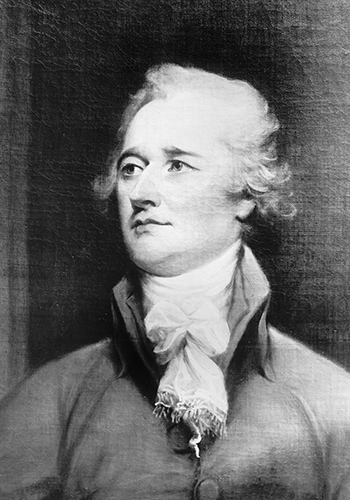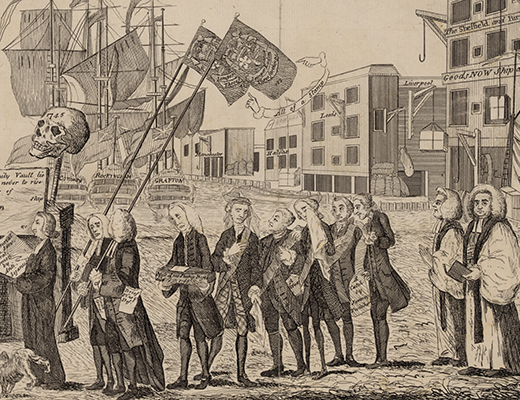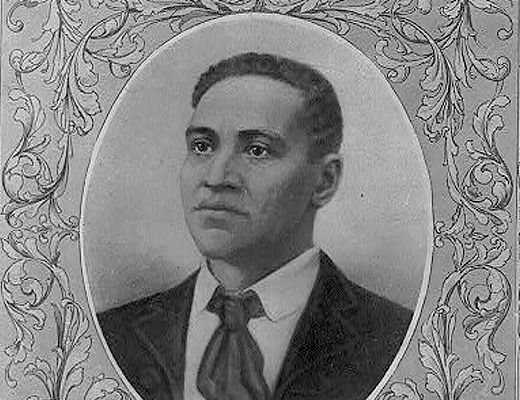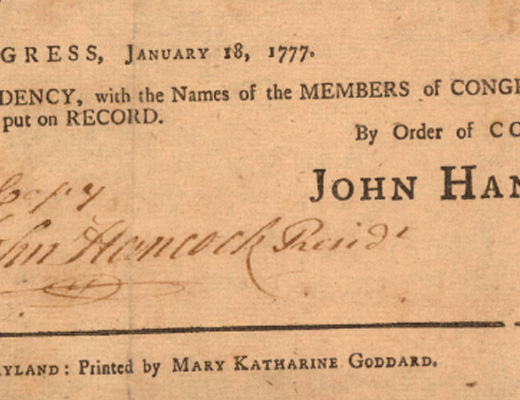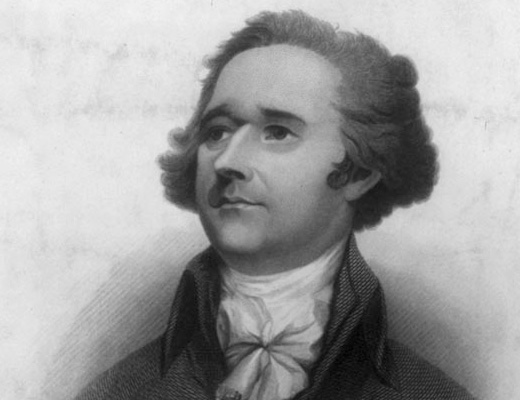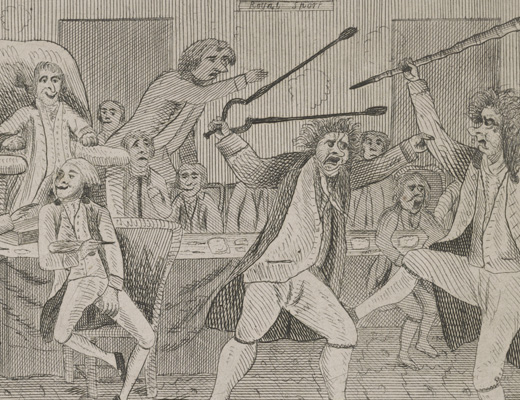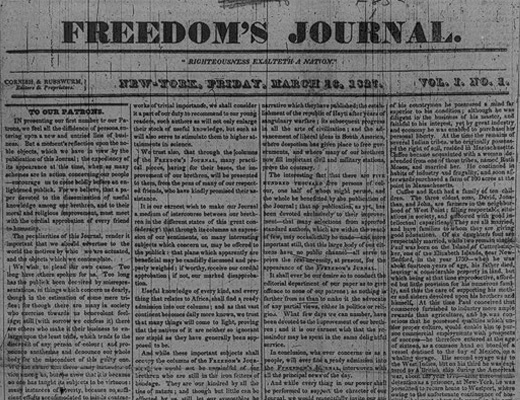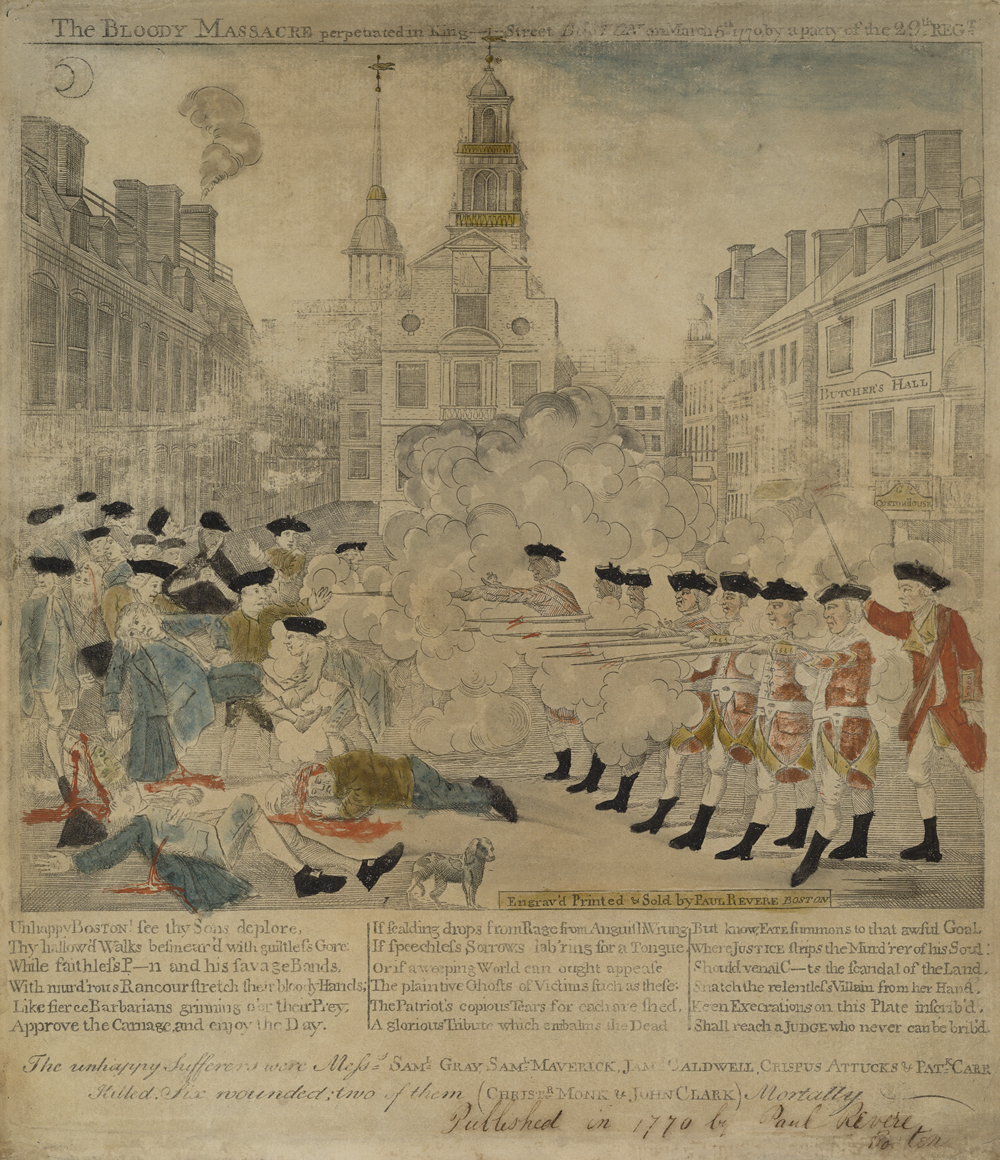Both Loyalist and patriot newspapers during the war period used provocative language, often including or omitting details that would help or harm their side. Think about the role point of view, and in some cases, propaganda, played in the journalism of the war period as you examine the two sources below: an engraving by Paul Revere from 1770 of the Boston Massacre and an article featuring the men who died in the attack, including Crispus Attucks, a former enslaved person of African and Native American descent.
John Adams referred to Attucks in his defense of the British soldiers and accounts had him at the head of the patriot crowd that marched up King Street before he was shot twice in the chest.
Directions
The 1770 engraving by Paul Revere below is a good example of how propaganda made its way into newspapers and broadsides during the Revolutionary War period. (Propaganda: information, particularly of a misleading or biased nature, used to promote a specific point of view or political cause.) Many of the Sons of Liberty, including men like Revere, wrote opinion articles and made engravings depicting a particular viewpoint. Use the magnifier to examine the illustration and answer the questions.
“The bloody massacre,” also known as the Boston Massacre, took place March 5, 1770. Print by Paul Revere. Library of Congress
Questions
Annotate this Image
Directions: Read the article in the Boston Gazette and Country Journal, utilizing the magnifier to help you. Then use the annotation tool to take notes on the following questions:
- What aspect of the article did you notice first? Why?
- How does the article appeal to a sense of patriotism and civic duty?
- In 1851, a petition was presented to the Massachusetts Legislature asking for an appropriation of $1,500 for the erection of a monument to the memory of Crispus Attucks, the first martyr in the Boston Massacre of March 5, 1770. However, the funding request was not granted. What is the significance of Crispus Attucks, a former enslaved person, being among the dead at the Boston Massacre?
Download the notes to share with your class.
Source: Four coffins of men killed in the Boston Massacre on March 5, 1770, including Crispus Attucks. Library of Congress
Use the toggle button above to switch to Magnify Mode. Magnify mode will help you see finer detail in the image.
Switch back to Annotate Mode to create your annotations with click and drag.
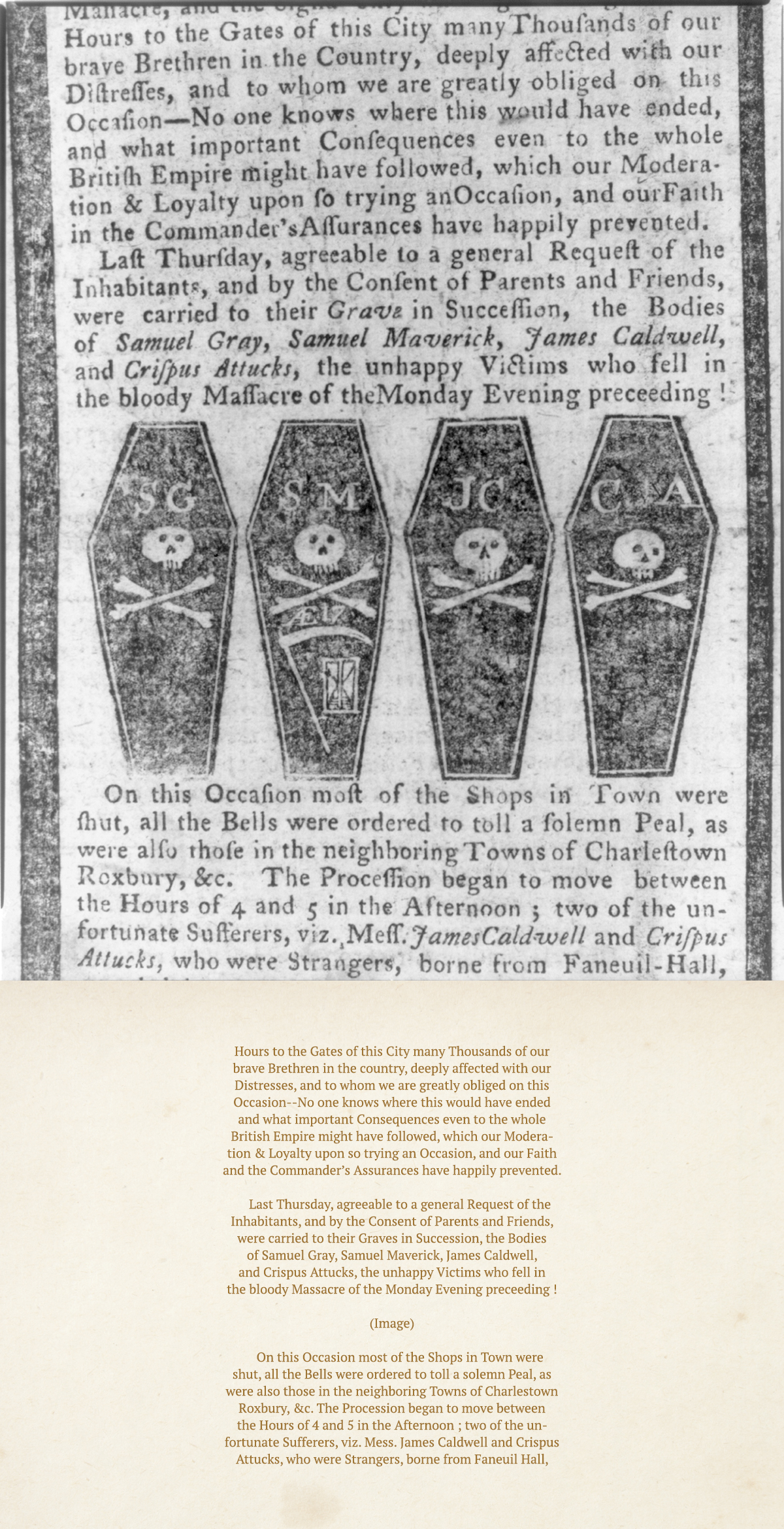
Your Annotations
